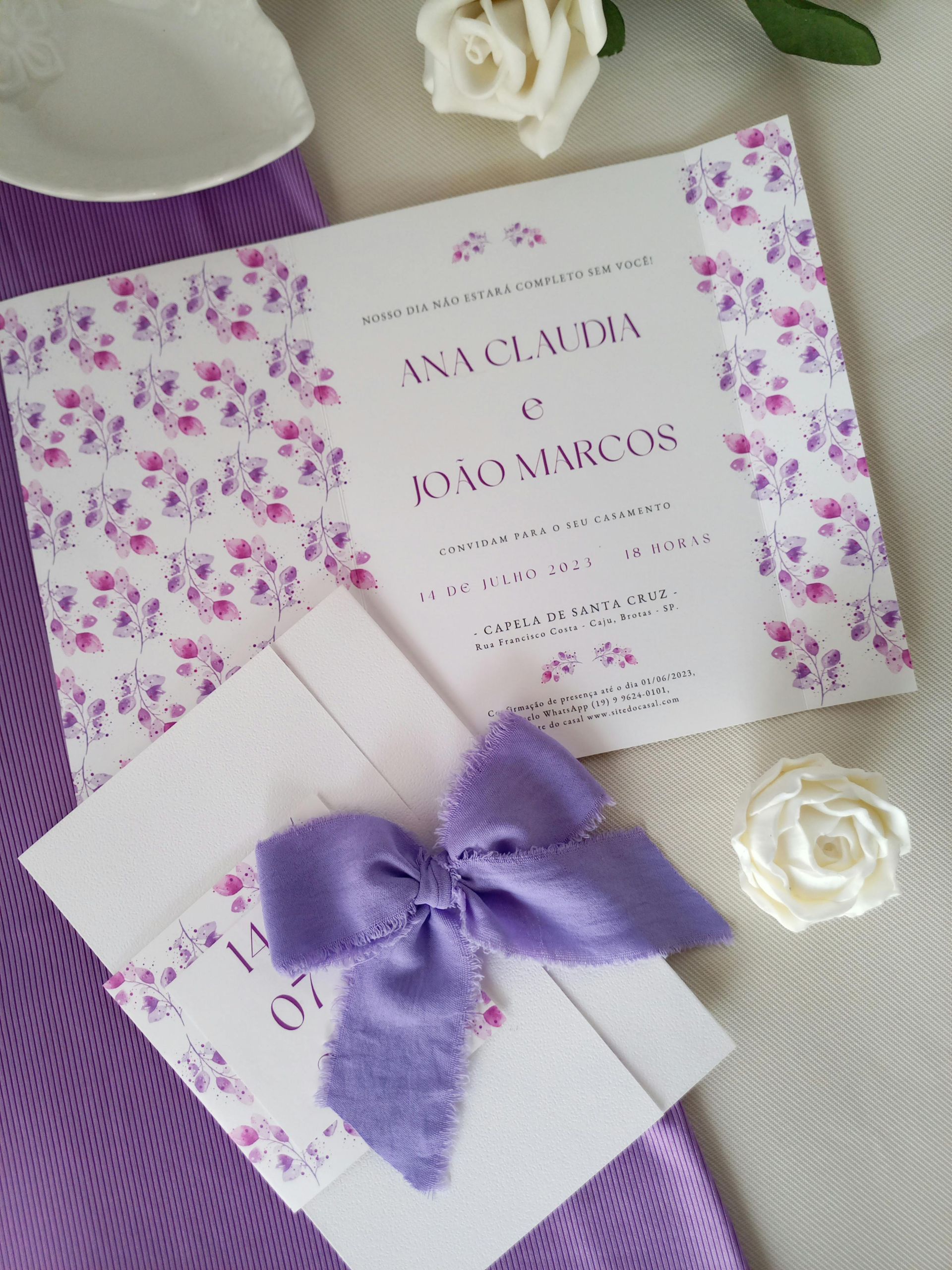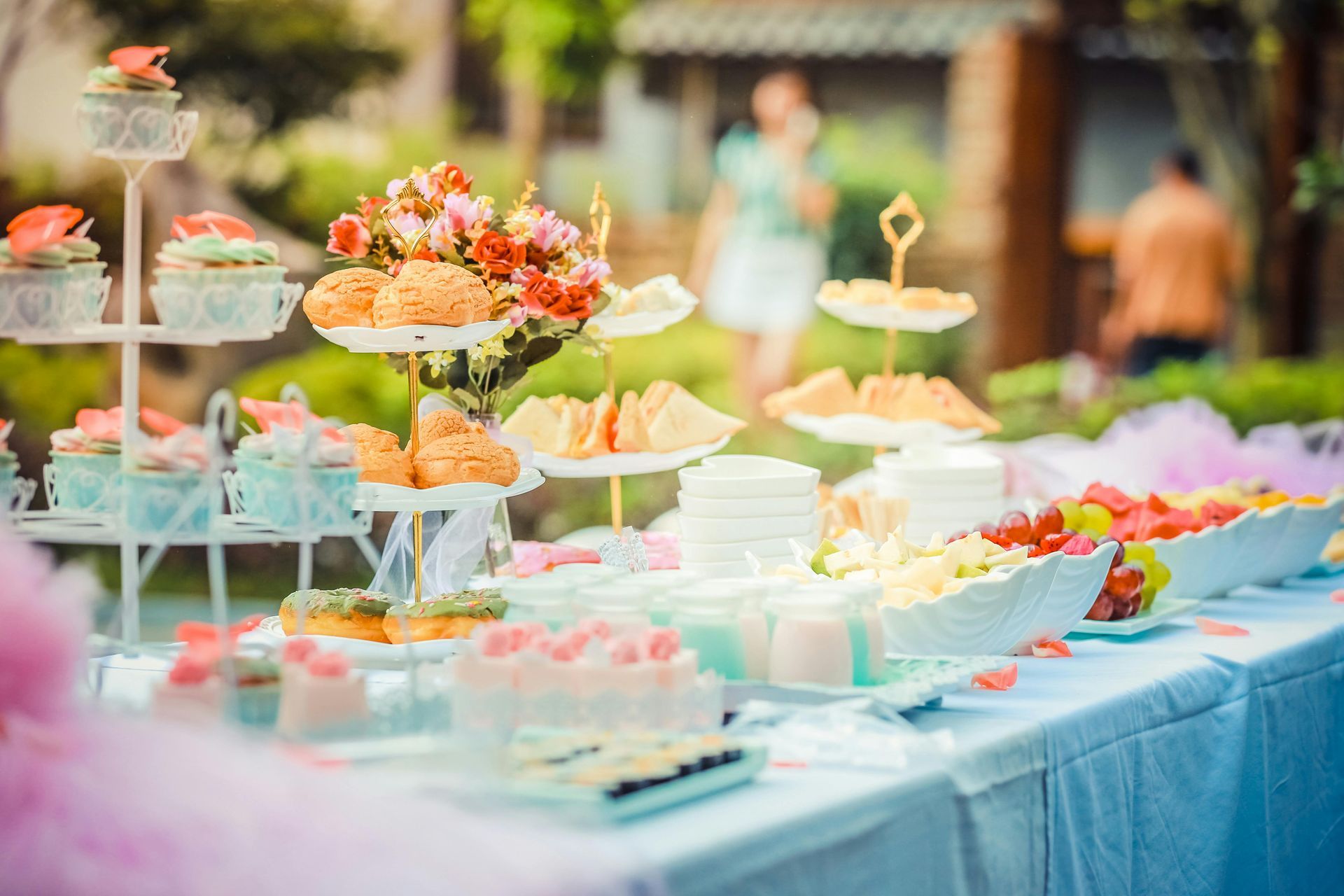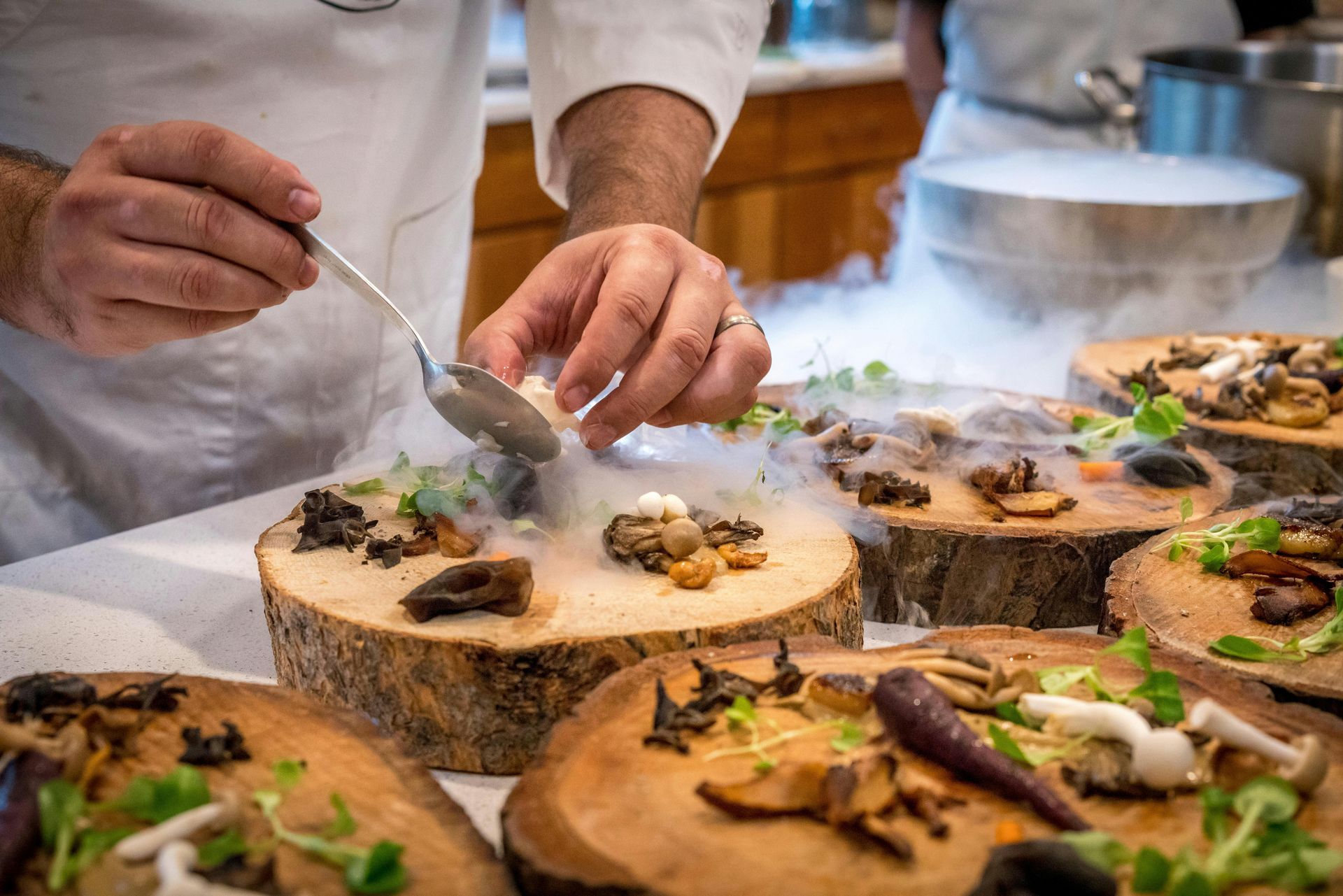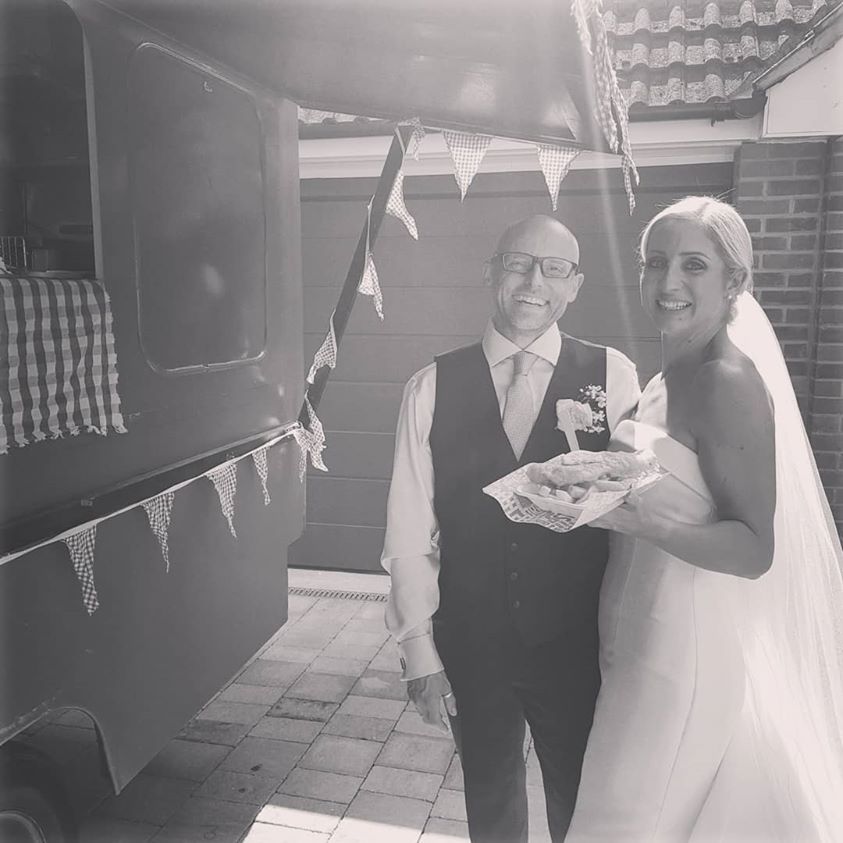When it comes to planning an unforgettable event, the menu can make or break the experience. Choosing the right caterer is crucial, and one of the best ways to ensure you’re making the right choice is through a taste test. This important step allows you to sample potential dishes and get a real sense of what your guests will enjoy. A successful taste test not only highlights flavors but also showcases presentation—a key part of any dining experience.
The Taste Test Challenge: Master Caterer Evaluations!
The Taste Test Challenge: Master Caterer Evaluations!
When it comes to planning an unforgettable event, the menu can make or break the experience. Choosing the right caterer is crucial, and one of the best ways to ensure you’re making the right choice is through a taste test. This important step allows you to sample potential dishes and get a real sense of what your guests will enjoy. A successful taste test not only highlights flavors but also showcases presentation—a key part of any dining experience.
As you embark on this flavorful journey, there are several key factors to consider during your evaluations. From understanding your specific needs, like dietary restrictions, to assessing presentation and flavor profiles, each element plays a role in your ultimate decision. With so much at stake, we’ll guide you through every aspect of the process, empowering you to confidently select a caterer who will elevate your event and leave your guests raving about the food long after the last bite is taken. Ready for your first step? Let’s dive into this essential guide!
Understanding Your Needs
Before diving into the taste test evaluations, it's crucial to clarify the specific needs of your event. Start by identifying the theme — whether it's a formal wedding reception, a casual cocktail party, or a corporate gala. Each of these occasions will call for different culinary approaches and presentations. For example, a rustic-themed wedding may benefit from comfort foods and artisanal items that enhance the atmosphere, while an upscale corporate event might require sophisticated hors d'oeuvres and elegant plated meals. By understanding your event's vibe, you can better communicate with potential caterers about what will resonate with your guests.
Next, consider dietary restrictions that might affect menu choices. Many events include guests who require special accommodations such as vegetarian, vegan, gluten-free, or nut-free options. When communicating these needs to caterers during the evaluation process, be clear and thorough. An experienced caterer should demonstrate creativity in crafting diverse menu options that not only meet dietary guidelines but also remain delicious and appealing to all guests. Ensuring everyone is taken care of not only showcases your thoughtfulness as a host but also contributes to a memorable dining experience for all attendees.
To streamline this process further, create a comprehensive menu checklist tailored to both your vision and constraints. This could include categories like appetizers, main courses, sides, desserts, and beverages while leaving space for notes on preferred preparation methods or desirable flavor profiles. For instance, if you're leaning towards Mediterranean cuisine for an engagement party, jot down specifics like roasted vegetables or grilled seafood dishes that fit within that genre while allowing room for embryonic ideas based on taste tests. A well-organized checklist serves as your roadmap during tastings—helping you remain focused on fulfilling both aesthetic desires and practical necessities throughout the catering selection journey.
Ultimately, taking the time upfront to understand your needs paves the way for successful interactions with potential caterers during tastings. With clarity surrounding theme preferences and dietary requirements paired with a robust menu idea framework in hand, you can confidently approach each tasting session knowing you are aligned with what best suits your unique celebration.
Preparing for the Taste Test
When it comes to scheduling tastings with multiple caterers, strategic planning is key. Begin by identifying a timeframe that allows you to experience each caterer's offerings without feeling rushed or overwhelmed. Aim for one tasting per week, if possible, so you can digest both the food and your impressions before diving into the next provider. Consider grouping tastings in geographically convenient locations to reduce travel time and maximize efficiency. If hosting an extensive event, why not host multiple caterers on the same day? Be mindful of your palate; after too many dishes, flavors can blend into a muddled memory.
Equally important is what you bring along to these tastings. A reliable notepad is invaluable for jotting down your thoughts on each dish. Consider labeling your notes by item and caterer—to easily compare flavors later on. Don’t forget utensils! Bringing your own fork and knife can ensure hygiene while also offering you comfort as you taste-test from unfamiliar serving ware. If you're considering dietary needs like gluten-free options, pack a few portable items, such as gluten-free crackers or snacks, to help gauge how well they might align with your preferences.
If you have companions joining you in this delicious journey—friends or family members conveying their thoughts during tasting will provide different perspectives that could amplify or inform your decision-making process greatly. In addition to personal insights, consider preparing some informal feedback forms with questions about each catering sample's appeal and any standout features that caught attention. This way, everyone’s opinions are documentable and you can review them collectively after all tastings are complete.
Lastly, don't hesitate to engage in conversation with the caterers themselves! Asking open-ended questions about preparation techniques or source ingredients not only enhances your understanding but also showcases their passion for food—a crucial factor in catering quality. From initial scheduling to thoughtful evaluations during tastings, every detail matters when aiming for culinary perfection at your event!
Evaluating Presentation
When it comes to catering, the saying "we eat with our eyes first" rings especially true. Visual appeal is not just a matter of aesthetics; it can elevate the dining experience and set the tone for your entire event. Guests are likely to form a preconceived judgment about a meal simply based on how it looks. As you evaluate potential caterers, pay close attention to their presentation styles during the taste test. A well-presented dish can stimulate anticipation and excitement, making every bite more enjoyable.
Key elements to assess include plating techniques, color variety, and the use of garnishes. For instance, consider a simple roasted chicken breast paired with vibrant seasonal vegetables—how it’s arranged on the plate can make all the difference. Does the caterer choose elegant stacking techniques or whimsical arrangements? The choice between structured symmetry versus playful asymmetry also adds character to each dish. Evaluate how colors pop against one another; a dish bursting with greens from fresh herbs may draw the eye while contrasting beautifully with the warm tones of roasted vegetables.
Garnishes offer another layer of creativity that can signal a caterer's skill and aesthetic sensibility. Edible flowers or delicate microgreens don’t only enhance visual appeal; they also provide hints about flavor intensity or freshness. A flavorful herb butter drizzled artistically over a steak or colorful sprinkles of paprika on mashed potatoes serve dual purposes: heightening flavors and enriching visual interest. As you taste each option, take note of whether these additions complement rather than overwhelm the main ingredient.
Ultimately, an exceptional presentation does not mean sacrificing substance for style. It’s important to ensure that while dishes look fantastic, they remain practical for serving sizes and eating environments typical for your event type. Evaluating presentation at this stage will help guarantee that your final menu is as delightful in appearance as it is in flavor—ensuring both you and your guests enjoy an unforgettable culinary experience!
Assessing Flavor Profiles
When it comes to catering, the flavor profiles of a dish often make or break the overall dining experience. An essential part of your taste test challenge will be evaluating how well each caterer seasons their offerings and balances flavors. Pay attention to the saltiness, sweetness, acidity, and bitterness in each bite; these elements should harmonize rather than compete. For instance, consider a classic caprese salad: the sweetness of ripe tomatoes and creamy mozzarella should be enhanced by fresh basil while a drizzle of balsamic glaze can introduce tanginess. Tasting how successfully a caterer achieves this balance is crucial—you want dishes that tantalize the palate without overwhelming it.
Equally important is texture—the often-overlooked aspect of food enjoyment. Engage your senses as you partake in each sample; ask yourself if the dish offers variety in its textural experience. A perfectly cooked risotto should have a creamy consistency with al dente rice grains, delivering a delightful contrast with crunchy vegetable garnishes sprinkled atop. On the other hand, an unduly mushy dish might signal overcooking or improper preparation methods. Additionally, think about how ingredients interact with one another; for example, crispy bacon bits in a otherwise soft potato soup can elevate both flavor and mouthfeel, making it worthwhile to delve into those textures during your assessments.
Another point to consider is whether there’s complexity within individual flavors presented; nuanced dishes often include layers that evolve with every bite—think spice blends that emerge gradually or subtle notes from herbs that linger after tasting. Your goal here should be to identify not just stand-alone deliciousness but also how these various elements come together to create an engaging culinary narrative for your event guests. If you're uncertain which flavors are too bold alone but could shine when combined thoughtfully in different dishes, don’t hesitate to inquire further during discussions with catering representatives.
After completing this step of evaluation, you’ll find yourself better prepared to judge which caterers not only satisfy immediate cravings but also hold up under scrutiny regarding their culinary prowess and creativity in assembling enjoyable plates for any occasion.
Portion Sizes and Serving Style
When it comes to catering, the how much and how it's served can significantly impact your guests' experience. Understanding appropriate portion sizes is essential for ensuring that everyone leaves satisfied without excessive leftovers (or a lack thereof!). For instance, at a formal wedding reception, you might consider serving plated meals with standard portion sizes of around 6-8 ounces for protein, which harmonizes with side dishes typically measured at about 4-5 ounces each. In contrast, a corporate luncheon or casual gathering may benefit from slightly smaller portions since guests often prefer to try a bit of everything during networking events or open buffets.
Moreover, the choice between plated service and buffet-style presentations can greatly influence not only the overall atmosphere but also guest interactions. A plated meal lends an air of elegance and allows caterers more control over presentation and portion sizes. This style works well for formal events like gala dinners or milestone celebrations where dining takes center stage. Think elegantly arranged plates featuring rosemary-crusted lamb accompanied by seasonal vegetables—perfectly curated to wow your guests visually and gastronomically.
On the other end of the spectrum lies buffet-style service, which promotes a more relaxed environment where guests can mingle freely while choosing their own combinations of food. Buffets present endless possibilities; they allow individuals unique opportunities to customize their plates according to personal tastes or dietary restrictions. However, keep in mind that self-service can lead to variability among portion sizes as individuals fill their plates differently—which is why estimating headcounts accurately prior to the event becomes crucial!
Ultimately, understanding these aspects not only helps you create a memorable dining experience for your guests but also ensures that they feel catered to in both taste and quantity. Being mindful of portion sizes relative to your event type will help set the tone for the occasion while keeping those engaged throughout their culinary journey!
Ensuring Quality Consistency
When selecting a caterer for your special event, ensuring quality consistency across all dishes is crucial to creating a memorable culinary experience. A fabulous dish can easily stand out on its own, but it’s essential to ensure that every item on the menu meets the same high standards. Start by requesting samples of different menu items during your tasting session, paying particular attention to how similarly prepared dishes uphold their flavor profiles and presentation techniques. For instance, if you're enjoying a delicious grilled salmon at one tasting but find that another sample from the same caterer is overcooked and dry, this inconsistency could be cause for concern.
To further investigate a caterer's commitment to quality, ask probing questions about their ingredients and preparation methods. Inquire about where they source their ingredients: Do they use local farms or reputable suppliers? Fresh, seasonal produce not only enhances flavor but also signals an emphasis on quality assurance throughout each preparation step. Additionally, understanding their cooking processes—such as whether they use batch cooking or cook-to-order methods—can give you insight into how they maintain consistency in taste and texture.
Another effective way to gauge consistency is to see if the catering team has established standards for their offerings. Are there specific recipes they adhere to for signature dishes? You might also ask if they have undergone any training or certifications in food safety and culinary practices that would bolster their ability to deliver consistently high-quality meals. This level of detail not only reflects well on the caterer’s professionalism but also instills confidence that guests at your event will receive equally delectable experiences with every plate served.
Finally, don’t hesitate to reach out for references from previous clients who’ve tasted various dishes across multiple events. Their feedback can shed light on whether this caterer reliably delivers excellence and allows you peace of mind as you make this important decision. With meticulous consideration dedicated to ensuring quality consistency in all aspects of the meal preparation process, you're one step closer to selecting the perfect caterer for your celebration!
Gathering Feedback from Your Guests
Once you've indulged in a taste test with potential caterers, don't overlook the importance of gathering feedback from others who attended the tasting. Involving family and friends not only lightens the decision-making process but also provides diverse perspectives that you might have missed. Their insights can uncover hidden preferences or concerns about flavors and presentations—elements crucial to ensuring your guests will enjoy their meals at your upcoming event. Encourage an open discussion after each tasting session, allowing everyone to freely share their opinions on what they loved and what could use improvement.
To streamline this feedback collection, consider providing a simple feedback form. This could include categories like “Flavor,” “Presentation,” and “Texture,” along with a space for additional comments. Utilizing a scoring system can help quantify impressions while highlights can detail specifics that particularly stood out—whether it was the delightful zest in a lemon tart or the presentation of hors d'oeuvres served on elegant tiered platters. By compiling this information, you'll create a solid reference point when comparing different caterers and their offerings.
Informal discussions are equally valuable as they allow for deeper conversations about particular dishes that resonated with guests or any hesitations they may have had. For instance, if someone notes that the creamy risotto had a perfect balance of cheese yet felt too heavy for a summer wedding, it could lead you to reconsider whether such a dish aligns with your event's overall vibe. Engaging your circle in these candid conversations adds layers to your evaluation and helps inform decisions guided by collective tastes rather than just personal preference.
Ultimately, utilizing both structured feedback forms and informal discussions creates a holistic assessment of catering candidates. Not only does this collaborative effort instill confidence in your final choice, but it fosters excitement around your event as you ensure the menu truly celebrates everyone's palate—making it an experience worth savoring!
Making an Informed Decision
As you conclude your taste test evaluations, it’s essential to take a moment and synthesize the insights you've gathered. Compare each caterer's offerings based on key factors such as flavor profiles, presentation, portion sizes, and guest feedback. For instance, if one caterer blew you away with their elegant plating but another had standout flavors, consider how important each aspect is for your specific event. You may find that while all catering options excel in certain areas, they might fall short in others, making this comparison crucial in leading you to the best choice.
During your decision-making process, also weigh the implications of contracts and any additional services offered by the caterers. Do they provide staff for serving during your event? Are linens and tableware part of the package or separate? Understanding what is included can significantly influence whether a caterer fits within your overall budget. Additionally, examine cancellation policies and flexibility in case changes occur closer to your event date. For example, if a last-minute dietary restriction arises from a guest's unanticipated circumstances, will they accommodate that seamlessly?
Also remember to trust your instincts alongside data-backed evaluations; sometimes, it’s that solid gut feeling after engaging with a caterer which can make all the difference. As you're weighing pros and cons post-tasting session at local culinary hotspots, envision how well each catering option aligns with not just what you tasted but how those selections reflect the atmosphere needed for your celebration—whether it's an intimate wedding reception or a lively corporate gathering.
Ultimately, empower yourself with confidence as you navigate through this selection process. With clarity from feedback forms and thoughtful consideration of each factor affecting quality service — you'll be ready to finalize a caterer who doesn't just meet expectations but exceeds them!
Conclusion: Your Path to Culinary Success
Selecting the right caterer is a crucial step in planning an unforgettable event. By following the essential steps we've outlined, you can conduct effective taste tests that will help you make informed decisions. From understanding your needs to assessing flavor profiles and gathering guest feedback, each element plays a vital role in your evaluation process.
With the knowledge you've gained, you can confidently choose a caterer who aligns with your vision and meets your expectations. Remember, this decision sets the stage for delicious memories at your celebration. Trust your instincts, savor the flavors, and enjoy the journey to an extraordinary event!
The Hungry Plaice
Vintage Fish & Chip Van And Ice Cream Van Hire
Contact Us For A Quote
Sign up to our newsletter
















